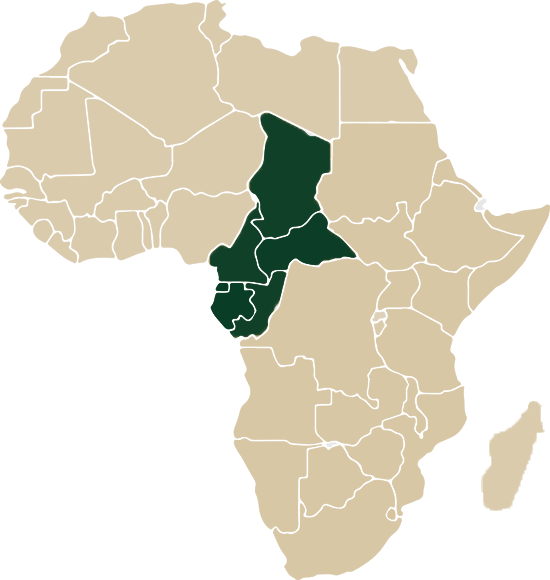INTRODUCTION
THE AFRICAN
ECONOMIC
COMMUNITY
(AEC)
The African Economic Community (AEC) was founded in 1991 by the African Union to establish grounds for the development of a single African continental economy, incorporating a free trade area, a single market and custom union, one central bank, and a common currency.
The pillars of the AEC are the “regional economic communities” or RECs. Although having overlapping membership, today, the African Union recognizes eight RECs. Additionally, African nations have developed a further six regionally focused economic structures as well.
ECONOMIC COMMUNITY
OF CENTRAL AFRICAN STATES
(ECCAS)
ECCAS is a regional body comprised of 10 member States, namely Angola, Burundi, Cameroon, Central African Republic, Chad, Congo, DRC, Equatorial Guinea, Gabon and Sao Tome and Principe. It was formed by the signing of the Treaty in October 1983 and came into effect in December 1984. Its primary objective is to promote member States’ economic and social development and improving people’s living conditions. Article 4 of the Treaty outlined the Community’s objectives as: (i)
Achieve collective autonomy; (ii) Raise the standard of living of its population; and (iii) Maintain economic stability through harmonious cooperation
From 1992 to 1998, activities were suspended due to crisis within its member States making its 4 priority fields even more important to follow. These are to: develop capacities to maintain peace, security, and stability as essential prerequisites for economic and social development; develop physical, economic and monetary integration; develop a culture of human integration; and establish an autonomous financing mechanism for ECCAS.
ECCAS’s supreme organ is the Conference of Heads of State or Government, but is also supported by the Council of Ministers, General Secretariat, Court of Justice, Technical specialised committees and Consultative Commission.

ADDITIONAL REGIONAL
ECONOMIC BODIES


